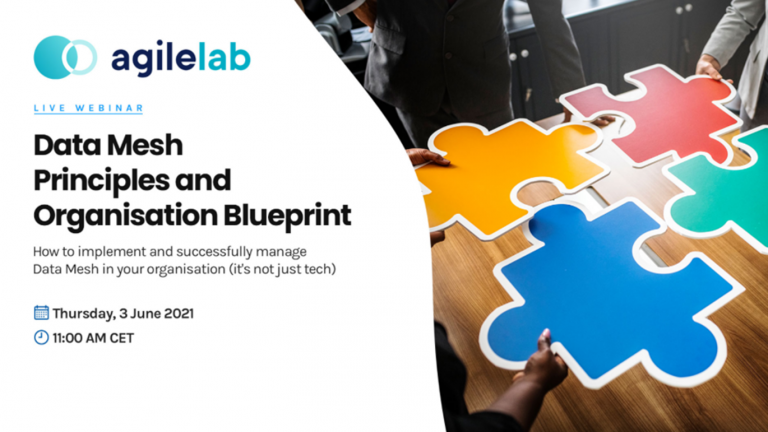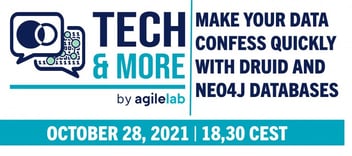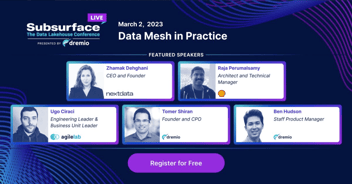Data Mesh Principles and Organisation Blueprint

How to implement and successfully manage Data Mesh in your organisation (it’s not just tech)
In the age of data as a first-class citizen, every enterprise strives to be data-driven, pouring hefty investments into data platforms and enablers. However, the ever-growing data demands are no match for the traditional data warehouse or data lake with limited real-time streaming capabilities. The need for democratisation and scalability in the data pipelines underpins the faults in the legacy systems and conflicting business priorities. Fortunately, there is a new enterprise data architecture on the rise that ushers in a new lease on the bulky and fragile data pipelines.
Data Mesh introduces a way of seeing data not as a by-product but as decentralised self-contained data products. But implementing Data Mesh in your organisation is easier said than done.
Once the basic principles and benefits of Data Mesh are understood, normally enterprises recognise immediately that Data Mesh will request a huge effort for the entire organisation to shift towards the new paradigm:
- Collecting a full buy-in from the entire organisation is one of the challenges that companies must need to face to successfully roll out a Data Mesh initiative.
- Having a clear roadmap will help to establish transparency and clarity throughout the entire organisation.
- Adopting an efficient organisational blueprint is a key element: everybody needs to understand who does what and what to expect from a certain role or Domain owner (organisational blueprint with teams, roles and accountabilities that must be provided).
Join us in an exclusive webinar where we demystify the concepts and the proper definitions about Data Mesh while disclosing the main steps that need to be addressed to successfully implement and manage Data Mesh in your organisation.
By joining this webinar you will learn how
- create and define a Data Mesh manifesto,
- understand the interactions between domains and data products,
- enable smooth data governance transition through new standards and,
- address the key organisational changes that have to be integrated to evolve from the existing environment.
- Data Mesh live cycle real case examples and the main hinders to expect along the way.



